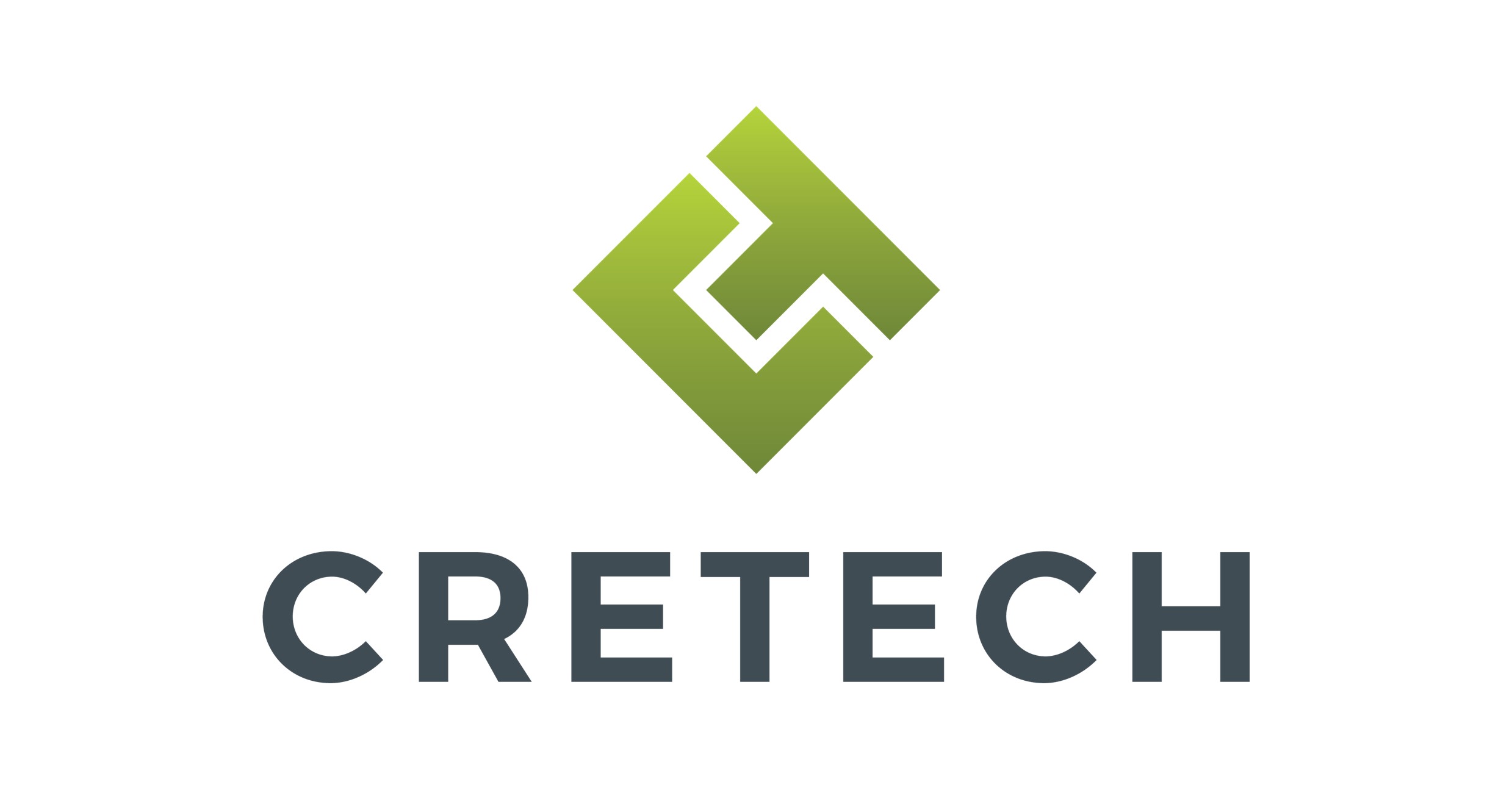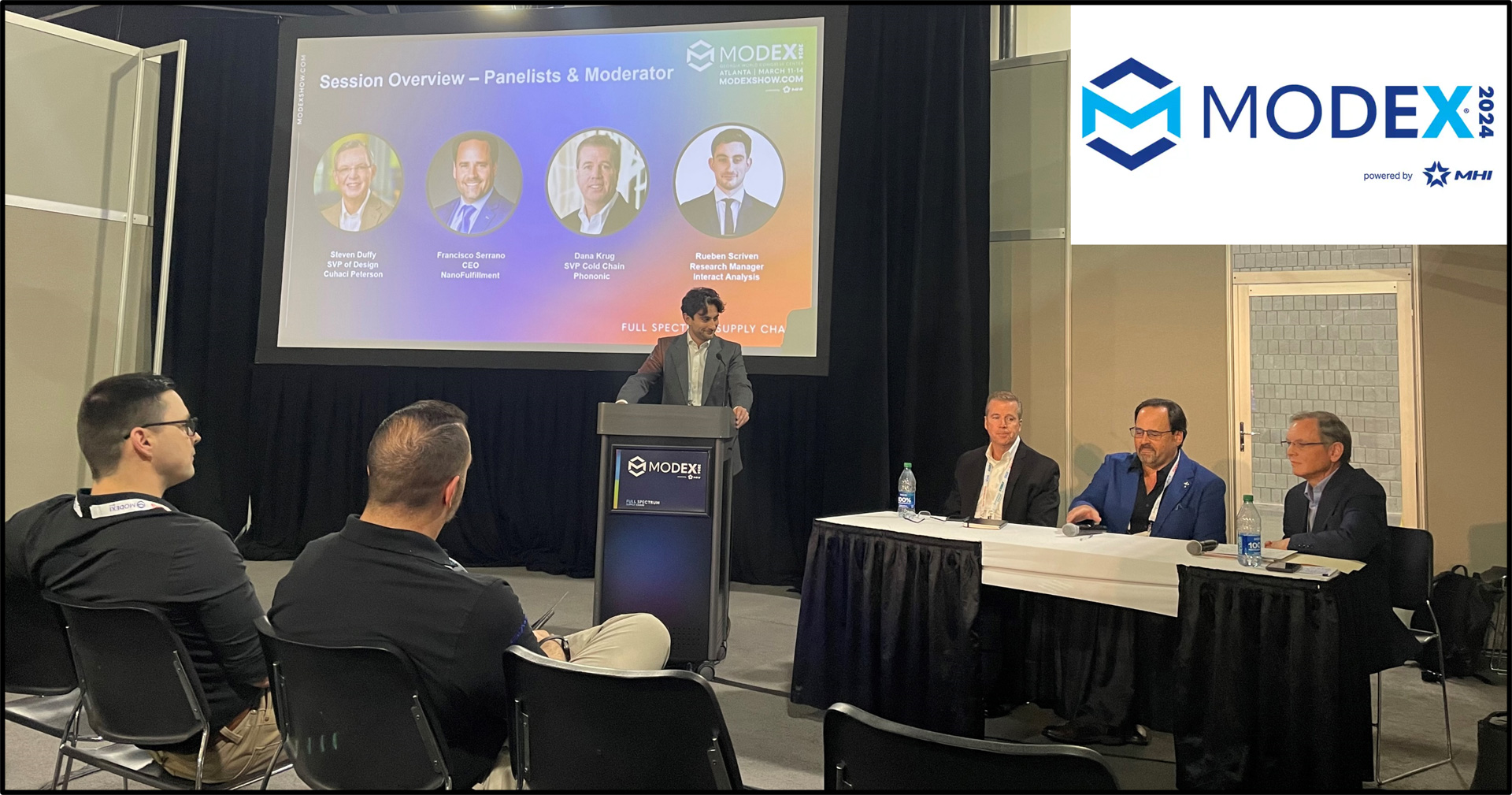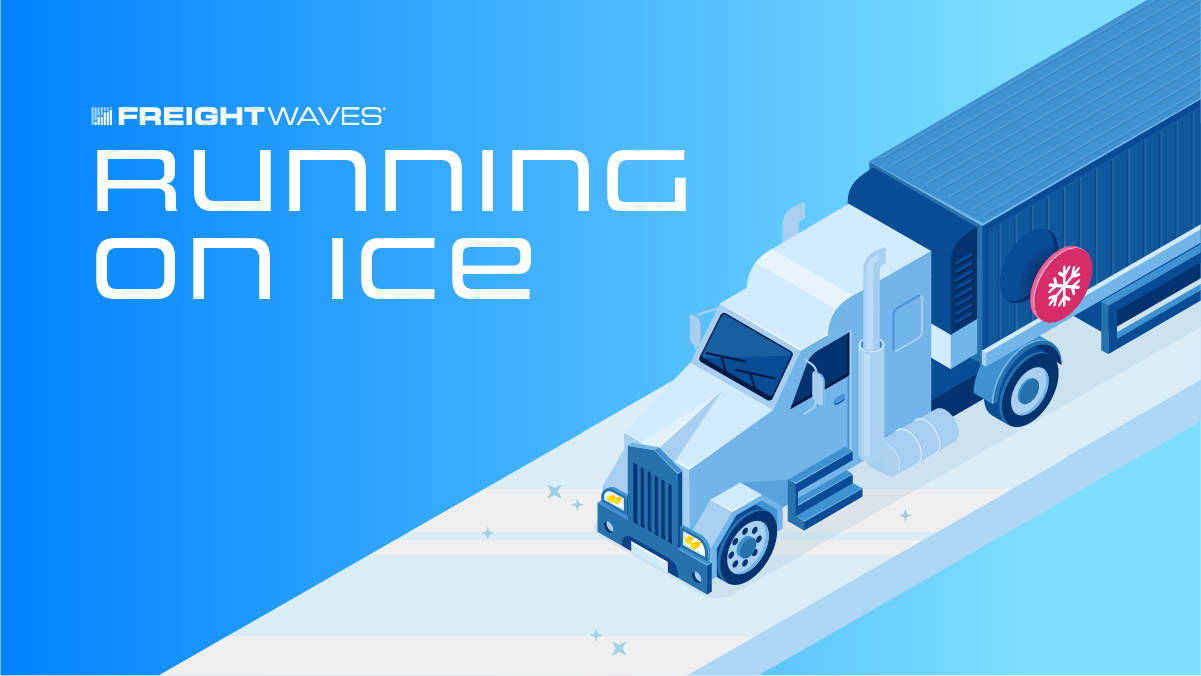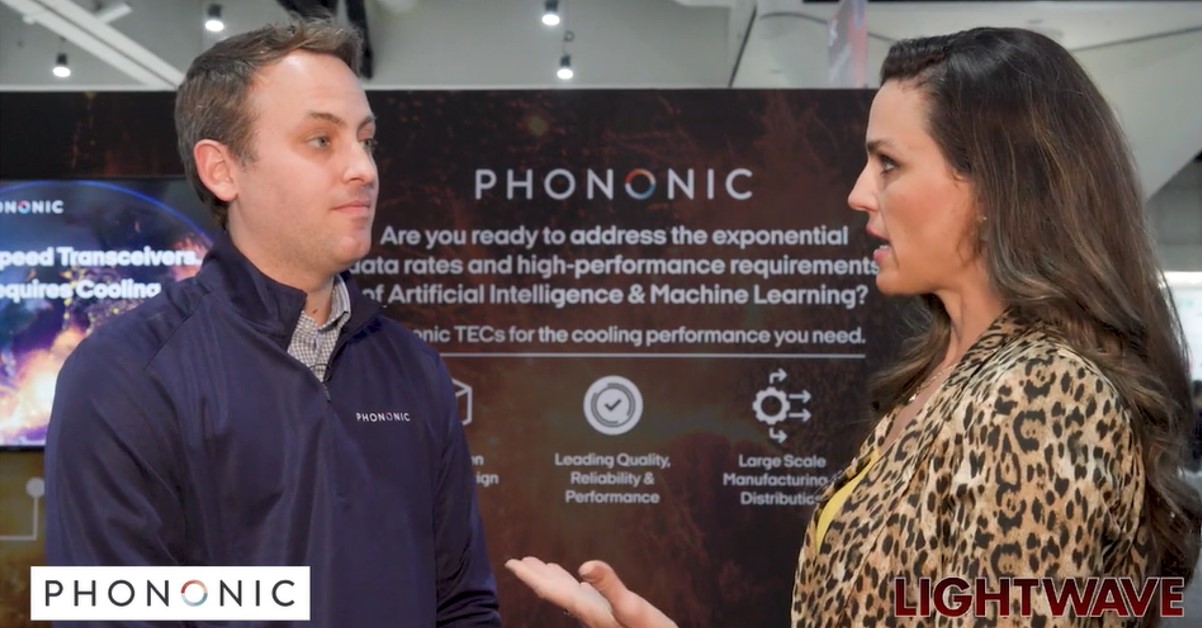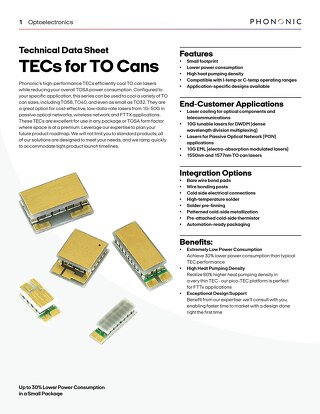5G Cooled Optics Application Design Needs
June 13, 2019
Today, talk about 5G is unavoidable. The tech and telecom industries are focusing heavily on it, with thought leaders and industry publications trying to quantify what the rollout of 5G applications will mean for the marketplace.
So, what does this mean for optical component manufacturers? Increasing data rates and longer reaches of fiber both need active cooling to maintain peak performance.
The rollout of 5G applications will require enormous amounts of fiber, and the lasers, detectors and other optical components that transmit signals along all of that fiber will need to be cooled. Temperature fluctuations dramatically impact laser performance, for example, with wavelength shifting into nearby channels (also called “red shift”). Even small changes in temperature can result in channel overlap, leading to signal loss.
As a result, cooled optics are already in regular use, including in applications for 10G, 25G, and 100G. Cooled fiber optic TOSAs (Transmitter Optical Sub Assembly) are already used in many laser package types, including butterfly packages, pump lasers, and box TOSAs. TO can laser packages weren’t being cooled as often just a few years ago, but today it’s very common to use a TEC with TO cans for 10G applications. One thing is becoming clear: the optical component industry needs more innovation in active cooling to support anticipated 5G growth.
Places for TECs are needed for cooled optics in a 5G network
Many transceiver applications targeting 5G networks will require cooled lasers. Generally speaking, telecommunications applications require wider operating temperature ranges of -40°C to 85°C, often referred to as Industrial temperature or “I-Temp” range. This wider temperature range means lasers that traditionally got away with operating un-cooled in the narrower 0-70°C range (C-Temp, or Commercial Temperature) will now require cooling to meet I-Temp requirements. For example, the use of 10G, 25G and 50G WDM transceivers throughout the 5G network, especially between a baseband unit (BBU) located in the central office and the cabinet at the cell site, often require cooled lasers to accomplish the required transmission rate and reach.
There are four major considerations to keep in mind when designing for cooled optics applications:
- Operating Temperature Range: This is the first requirement you’ll want to consider. Ambient temperatures have been increasing into the I-Temp range in recent years. One good example of this is 100G I-Temp CWDM4. For the standard C-Temp version, uncooled lasers were sufficient because the wavelength spacing of the four channels is wide enough that there is no risk of overlap across the temperature range. In the I-Temp version, there is a chance the wavelengths can overlap, therefore, cooling with a TEC is required. With 5G, it’s critically important to be able to predict TOSA performance in extreme temperatures. And since TECs are one of the larger consumers of power in a cooled laser package, it’s also important to consider heat pumping efficiency and TEC power consumption at different operating points.
- Active Heat Load v. Total Heat Load: Active heat load is easy to account for – it typically equals the input power consumed by the laser and other components on a TEC. But remember that total heat load must also be considered. The total head load includes the active heat load, any additional active loads (from drivers or modulators), and any passive heat loads. Passive loads may include convection or conduction heat through the wires of the laser assembly and are parasitic to the TEC. They can be as large as the active heat load itself, making it a significant factor.
- Thermal Resistance: You’ll need to consider the TEC’s operating temperature difference (ΔT). This delta will be bigger than the difference between the laser and ambient temperatures and is very important when defining operating point and efficiency. Designs should account for thermal resistivity and additional ΔT of submounts, carriers and attachment materials (for example, solder or thermal epoxy). Strong laser package design aims for low “series” thermal resistance and high “parallel” thermal resistance in order to minimize parasitic differences in temperature.
- TEC Reliability: Reliability is absolutely critical in demanding telecom networks, particularly when testing to Telcordia Generic Requirements (GRs) for equipment and systems standards. Consistent, high-quality performance isn’t just expected by today’s consumer – anything less is completely unacceptable. While the TEC is just one part of the laser package, it’s a strategic opportunity for a transceiver manufacturer to differentiate from the competition. While most TECs are built in a lab, you should look for TECs that are assembled in an automated manufacturing facility that follows the best practices of semiconductor production. This will result in TECs that are long-lasting and offer consistent performance. Non-hermetic laser packages are one innovative, low-cost alternative to consider. However, you should carefully consider the design to ensure that that TOSA doesn’t become susceptible to condensation since the laser temperature will be lower than the ambient temperature in most cases. Anyone considering a non-hermetic TEC solution needs to look for options that have been tested and proven in the field.

